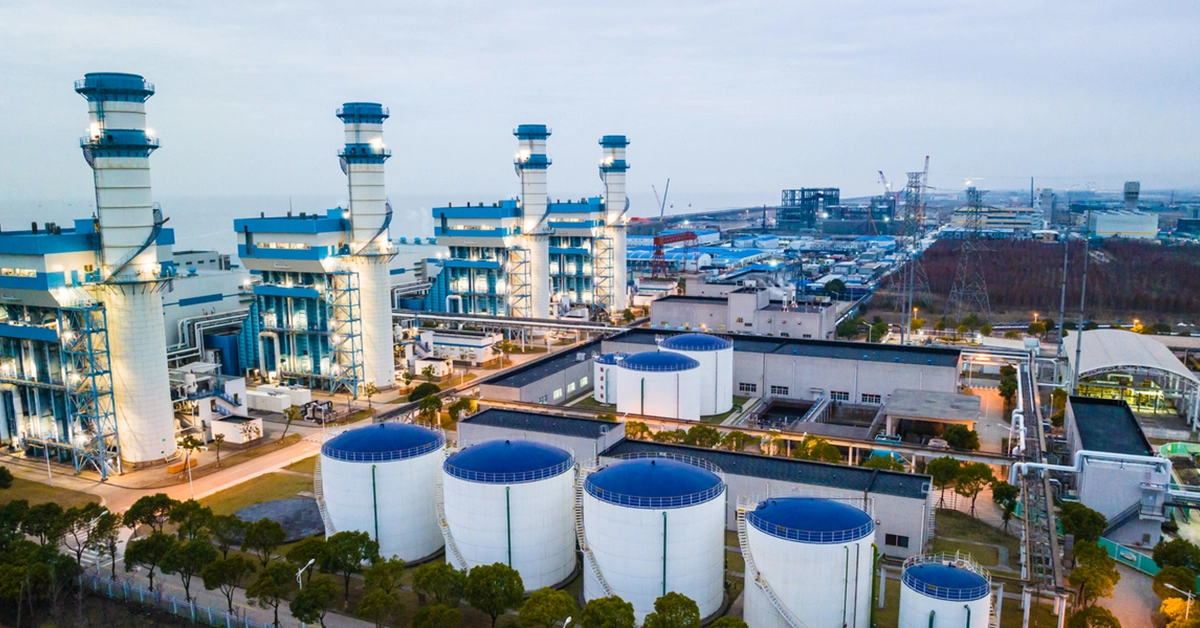Recently our executives participated in a meeting at one of our major energy customers, where staff from five countries reported on the benefits they’ve received from the Nozomi Networks solution. One of the things that stood out was the repeated mention of dramatic improvements in the visibility of industrial networks for both OT (operational technology) and IT. Another was that our solution brought to light many weaknesses in networks and assets that represented risks to reliability and cyber security.
Like many large industrial organizations today, this company’s business leaders are expected to protect the entire organization beyond enterprise IT systems, including OT environments. While our energy customer is well on their way to proactively managing OT risk, you might be wondering what your organization should do if you’re at an earlier stage in the journey.
Two of the most important measures you can take to mitigate OT risk are to bring together your IT and OT teams and invest in new technology designed to improve the visibility and cyber resiliency of industrial networks.
Executive Concerns about Industrial Cyber Risks are Increasing
Cyberattacks on critical infrastructure and strategic industrial assets are one of the top five global risks, according to the executives and world leaders who participated in the World Economic Forum’s 2018 Global Risk Report.
To keep critical systems running and protect the financial results and reputation of any organization that includes industrial processes, it’s essential to improve industrial cyber security. Cyberattacks have cost companies millions of dollars through the disruption of services and critical operations. Without increased operational visibility and cyber security, customer and employee safety are at risk.
Recent examples of the business costs related to cyberattacks on industrial networks include:
- Merck: $780M losses from production shutdown, lost sales and remediation costs
- Maersk: $300M losses from business interruption, lost revenues and remediation costs
- Fed Ex: $300M in lost earning for one quarter, with additional losses to follow
And, recently both the US and UK governments issued warnings around state-sponsored attacks targeting critical network infrastructure.
What’s Driving IT and OT Convergence?
Think about the computing landscape of today. It’s characterized by increasing connectivity and data sharing between disparate systems. It also involves data flows between local applications and cloud-based applications, opening the door to sophisticated analytics that can improve performance.
Similarly, the Industrial Internet of Things (IIoT) and Industry 4.0 are both trends that involve connecting smart devices and sharing the data they produce to improve existing business models and enable new ones. Benefits include reduced costs, improved productivity, energy savings and faster response to customer demand.
While bringing many benefits, the IIoT also increases cyber risks. Traditionally insecure industrial systems, which include many legacy assets, are now exposed to the type of threats that IT has been dealing with for years. Complicating the picture is the dramatic rise in cyberattacks specifically targeting critical infrastructure and manufacturing systems.
So, why the need to align IT and OT? Because the technologies they use are converging and their systems are becoming more and more connected. When IT and OT join forces, there is an opportunity to reduce risk and cost, and accelerate projects.
Why Invest in New OT Cyber Security Technology?
One way to drive IT/OT convergence is to provide a common platform to actively monitor and secure OT systems. Both teams need to have complete visibility to OT networks and assets and their cyber security and process risks. Until recently, however, solutions for doing this safely have not been available.
IT solutions don’t apply because they do not meet the unique challenges of managing 24/7/365 operational systems where availability is often a bigger concern than confidentiality or integrity.
This is where the Nozomi Networks solution fits in. Based on years of working with enterprise-scale industrial organizations we thoroughly understand industrial networks and processes. Our technology is designed for industrial control systems (ICS) and delivers superior visibility, real-time network monitoring and threat detection in a passive, non-intrusive manner. It also integrates seamlessly with IT infrastructure, easily sharing data with existing applications and assets.
Our company has innovated the use of artificial intelligence to automate inventorying, visualizing, monitoring and identifying threats to OT networks. The result is improved cyber resiliency and reliability.
Immediate Value Delivered to Multinational Organizations
Unlike some enterprise-class applications, deployment of the Nozomi Networks solution is straight forward and starts providing ROI quickly. Here is why:
- It’s a passive solution that is completely safe for industrial networks and processes.
- It is a mature, 4th generation solution that is ISO 9001:2105 certified and quick to deploy.
- It immediately brings benefits by identifying existing threats in the industrial network and improving the productivity of operations and IT staff.
To see an example of how quickly and easily the solution can be deployed, download the Executive Brief below.
Why Business Leaders Need to Focus on Industrial Cyber Security
With the growing connectedness of OT systems and cyberattacks targeting the industrial sector, improving industrial cyber security to reduce safety, production, financial and reputation risks is a sound business strategy. However, executive leadership and commitment is needed to align OT and IT and focus them on shared cyber and reliability risks.
To learn more about how the Nozomi Networks solution can help by providing a common platform for IT and OT, and dramatically increase visibility and threat monitoring for industrial control networks, read our Executive Brief “Business Leaders Need to Quickly Shift Focus to Industrial Cyber security”.










